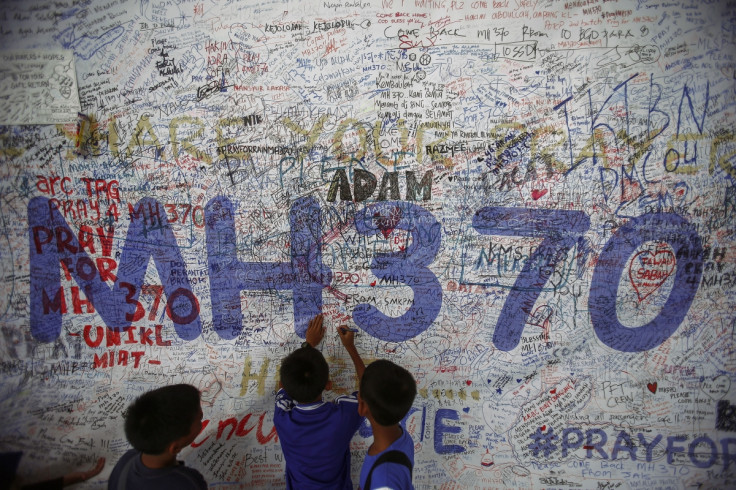MH370: Plane Deliberately Set on Autopilot 'West of Sumatra' When it Ran Out of Fuel and Crashed

Malaysia Airlines Flight MH370 was "highly likely" on autopilot when it ran out of fuel and crashed into the Indian Ocean, Australian researchers have said.
A new search area for the missing Boeing 777 plane has been announced by the Australian government, after further analysis of satellite data.
Deputy Prime Minister Warren Trust confirmed the search will move further south to an area 1,800km (1,100 miles) off the western coast of Australia.
Investigators have been scouring the southern Indian Ocean for any signs of the jet since it disappeared on 8 March with 239 passengers and crew on board, shortly after taking off from Kuala Lumpur bound for Beijing.
An expert group has reviewed the existing information on MH370, revealing that is it probable that the plane was on autopilot when it ended its flight.
Truss said it was "highly, highly likely that the aircraft was on autopilot" when it went down.
"Otherwise it could not have followed the orderly path that has been identified through the satellite sightings," he told reporters.
Martin Dolan, commissioner of the Australian Transport Safety Bureau, which is leading the search, said the plane was believed to have been deliberately set to autopilot "somewhere off the western tip of Sumatra" - although the exact point at which it was set is unknown.
The assessment was based on the understanding that the plane flew on a straight path.
"Certainly for its path across the Indian Ocean we are confident that the aircraft was operating on autopilot until it went out of fuel," he said.
Investigators said the little evidence recovered so far suggests the aeroplane was deliberately diverted thousands of kilometres from its scheduled route before eventually crashing into the Indian Ocean.
New search area
A 64-page report revealed at a press conference on Thursday revealed the search would now be covering up to 60,000 square kilometres along narrow arc in the Indian Ocean, which has been identified as the most likely resting place of MH370.
"Specialists have analysed satellite communications information - information which was never initially intended to have the capability to track an aircraft - and performed extremely complex calculations," he said.
"The new priority area is still focused on the seventh arc, where the aircraft last communicated with satellite.
"We are now shifting our attention to an area further south along the arc based on these calculations."
Beginning in August, private contractors will use powerful side-scan sonar equipment capable of probing ocean depths of 4.3 miles to search the ocean floor in the new area. The job is expected to take 12 months to complete.
Meanwhile, the Chinese survey ship Zhu Kazhen and the Australian-contracted vessel Fugro Equator are mapping uncharted expanses of seabed in the search zone before the sonar scanning starts.
A previous aerial search of the new area recovered no debris.
© Copyright IBTimes 2025. All rights reserved.






















